Fruits
Most people love fruit but not everyone is confident enough for growing fruits in the garden. Don’t let this deter you. We can help with tips on how to grow fruits and berries of all kinds. Whether a seasoned gardener or just starting out, creating an edible fruit garden is easy. From common types of fruit (strawberries, watermelons, etc.) to tropical fruit tree growing (lemons, kumquats, etc.), there’s something here for everyone. Use our tips on growing fruits in the garden and you'll be on your way to eating home-grown fruit of your very own.
Explore Fruits
-

How To Pick A Perfectly Ripe Watermelon
Pick the the ripe watermelon from the bunch every time.
By Amy Grant
-

How To Grow An Indoor Lemon Tree – For Fresh Flavor Absolutely Anywhere
If your growing region is a cold one, grow an indoor lemon tree. It may not bear fruit, but it can still be a lovely indoor houseplant.
By Teo Spengler
-
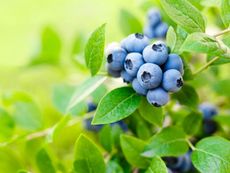
Easy Fruits To Grow For Beginner Gardeners
Easy fruits to grow are the most successful for the beginning fruit gardener. Think easiest berries and dwarf fruit trees.
By Bonnie L. Grant
-
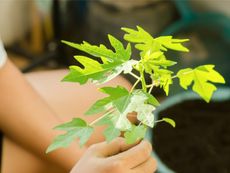
How To Grow Papaya In Pots: Indoor Growing Guide
If you can't grow papayas outdoors where you live, try growing one inside. It can be done!
By Mary Ellen Ellis
-

Growing Avocados In Containers and Indoor Avocado Plant Care
Avocado trees grow well indoors in pots. They won't get as big, but they still make great houseplants.
By Bonnie L. Grant
-

The Best Small Fruit Trees For Home Gardens
Want to grow your own fruit but short on space? There are plenty of small fruit trees that can fit your garden.
By Amy Grant
-

Fast-Growing Fruit Trees For Home Gardens
Some trees are in no hurry to grow fruit, but some do it much faster. Here are the trees that'll get you harvesting the soonest.
By Teo Spengler
-
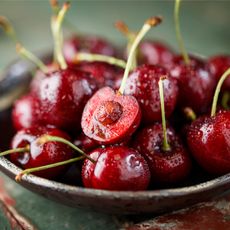
How To Grow Cherry Trees From Seed – Grow Your Own Orchard From Seed
Planting cherry pits and growing trees isn't just a dream - it's totally doable, and fun! Click here for everything you need to know.
By Amy Grant
-

Pear Varieties: What Are Some Common Types Of Pear Trees
What are the different varieties of pear and what are their differences? Click here for a breakdown of some of the best pear varieties.
By Liz Baessler
-
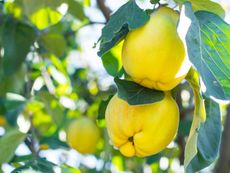
Best Plants For Late Summer and Fall Fruit Harvest
Even if you don’t have the optimal conditions for more common fruit trees, there are other end of summer fruits to enjoy.
By Teo Spengler
-
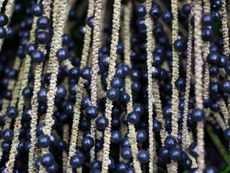
How To Grow Acai Berry Trees - Growing Acai Berries From Seed
Acai berries are so good for you. Learn how to grow an acai berry tree at home, even if you’re not in the tropics.
By Laura Miller
-
How To Grow A Sunburst Cherry Tree
Cherry "Sunburst" matures in mid-season with large, sweet, dark-red to black fruit that resists splitting better than many other cultivars. Click to learn how to grow a Sunburst cherry.
By Amy Grant
-
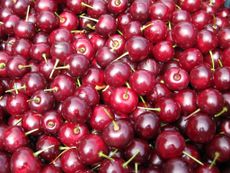
What Are English Morello Cherries?
Morello cherries are sour cherries, ideal for cooking, jams and even making liquors. Click on the following article for more information about English Morello sour cherries, including tips on growing these cherry trees.
By Teo Spengler
-
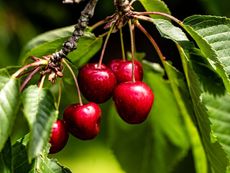
Cherry Tree Care - How To Grow Cherry Trees
Thinking about planting a cherry tree? Whether you're growing them for their fruit or blossoms, we can help. Click here to learn more.
By Gardening Know How
-

How To Plant Fruit Seeds: Tips For Sowing Seeds From Fruit
Is it possible to grow fruit from fruit seeds? If you’ve ever wondered this, click here to learn more about planting fruit seeds.
By Laura Miller
-

Cherry Tree Propagation: How To Grow Cherries From A Cutting
Propagating cherries from cuttings is the easiest and most reliable way to produce more cherry trees. Click here to learn how.
By Amy Grant
-

How To Prune Blueberries The Right Way
Pruning blueberries is essential to maintain their size, shape, and productivity. Learn more about how and why to prune blueberry bushes.
By Nikki Tilley

